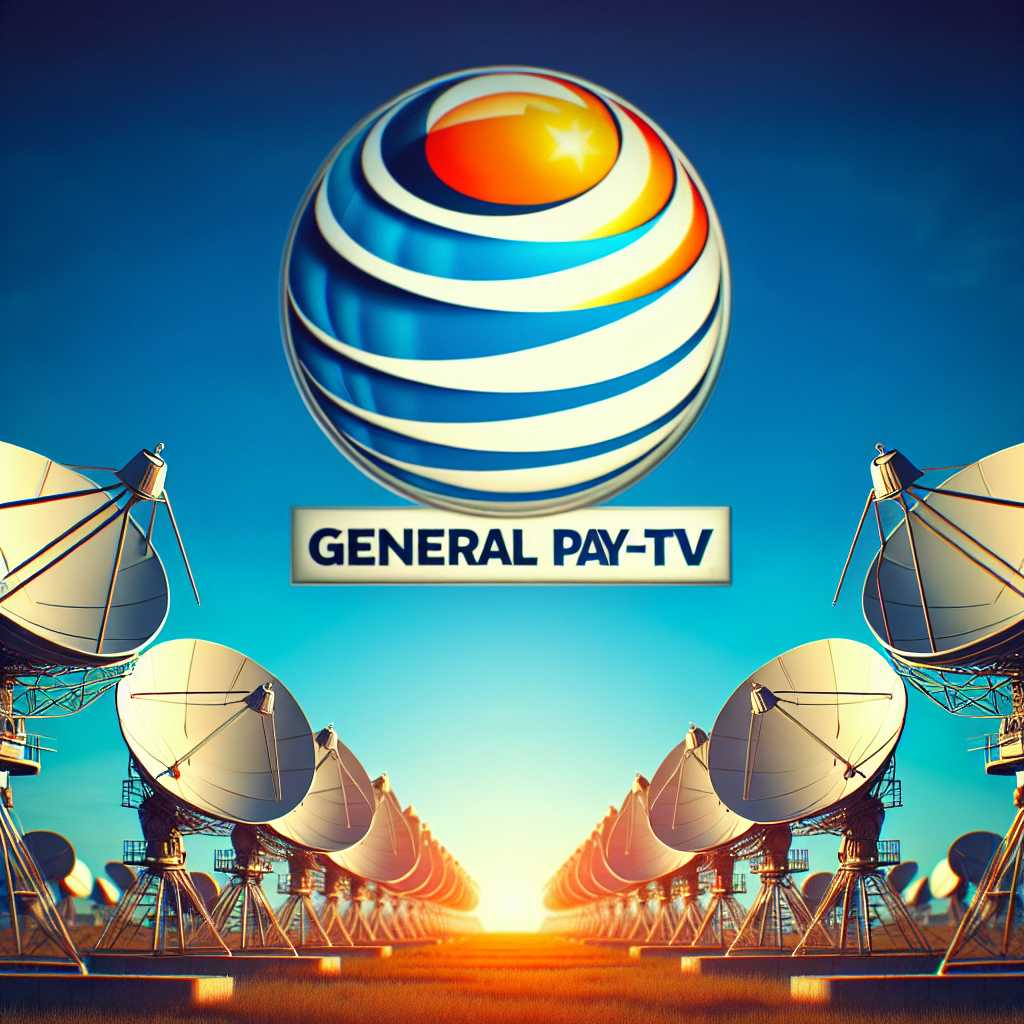DirecTV: A Satellite Service that Revolutionized Television Viewing Experience
DirecTV has stood out as a monumental force in the entertainment industry, continuously molding the television viewing experience since its inception. As a satellite service provider, it introduced a novel dimension to receiving television content, offering customers expansive channel lineups and programming options that transcended the traditional cable services of its time.
The Rise of DirecTV: Transforming Home Entertainment
Launch into Orbit
Launched in 1994 by Hughes Electronics, DirecTV quickly emerged as a pioneering satellite television service. It capitalized on the growing dissatisfaction with cable TV’s limited channels and local monopolies. By delivering signals from high-powered geostationary satellites situated tens of thousands of miles above the Earth, it piped in crystal clear digital audio and video to subscribers across the United States.
Growth and Expansion
In the ensuing years, DirecTV expanded its offerings with exclusive content, premium channels, pay-per-view events, and a range of international and specialized programming. The company grew exponentially resonating with the desire for a more tailored watching experience reflected in higher customer satisfaction rates compared to cable providers.
Technology and Innovation
Technological advancements have been integral to DirecTV’s growth. Not only has it gone through migrations from standard-definition (SD) to high-definition (HD), but it also incorporated DVR technology, allowing viewers the flexibility of recording programs to watch at their convenience.
Strategies and Business Ventures
Acquisition and Partnerships
Key strategic business ventures marked DirecTV’s advance in the competitive landscape of television services. Notably, AT&T acquired DirecTV in 2015 with aspirations to amalgamate mobile, broadband, and video services into one seamless customer experience.
Venture into Streaming
Observing viewers’ shifts toward on-demand content consumption, DirecTV also entered the streaming sector with DirecTV Now (now called AT&T TV)—a move affirming its aim to stay relevant amid changing industry trends.
Challenges and Controversies
Facing the Competition
Though displaying consistent dominance in satellite service, DirecTV faced challenges as subscribers increasingly veered toward streaming platforms like Netflix, Amazon Prime Video, and Hulu. The paradigm shift forced the satellite provider to reconsider its strategies and further innovate to retain its customer base.
Legal and Regulatory Hurdles
Like many large corporations, DirecTV has encountered legal and regulatory challenges, from disputes over programming carriage to mandates affecting pricing structures. These hurdles required finesse in corporate governance and compliance while still prioritizing customer interests.
Future Outlook: Satellite Service in a Streaming-dominated World
As the television service industry grows ever more populated with diverse viewing platforms, satellite services like DirecTV must adapt. Investing in technology that would facilitate a seamless transition between traditional satellite broadcasting and internet-driven services is pivotal. Anticipating changing viewer habits while upholding quality signals DirecTV is poised to ride the next wave in entertainment delivery.
Notes
Image description: The DirecTV logo prominently displayed against a background of satellite dishes pointing towards a clear blue sky.cast ModelRendererAdapterSaved>>,
*
